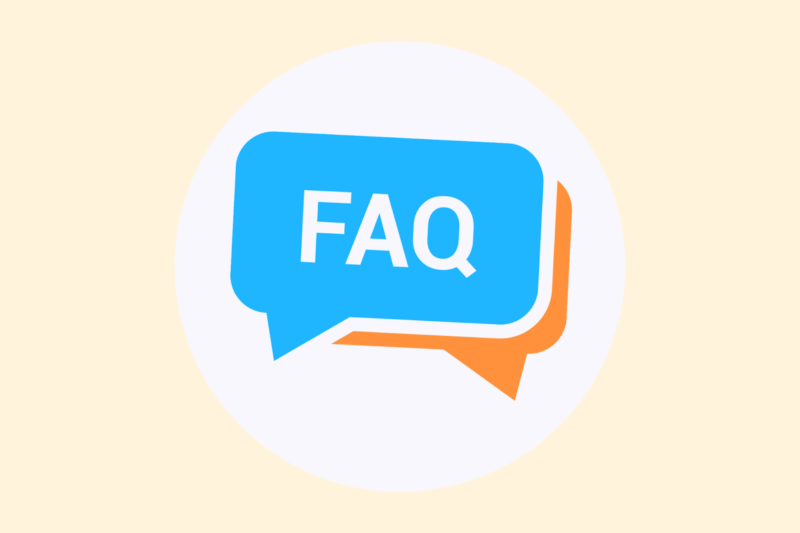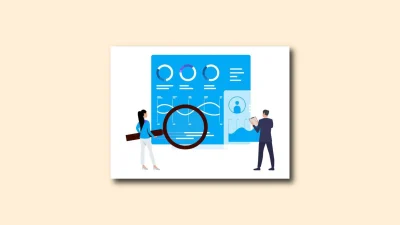Creating FAQ page with proper schema markup

A good FAQ page answers common questions from your target audience and avoids unnecessary support. But there is also an SEO benefit: with the right schema markup, your FAQ can appear directly in search results. In this article: how to set up and technically optimize a FAQ with JSON-LD.
1. Why add an FAQ page?
- You answer questions customers otherwise ask via email/chat
- You increase your content density (relevance + context)
- You stand a chance of extended display in Google (rich results)
- You keep visitors on the site longer (interaction + time on page)
Bonus: with FAQ schema, you increase the visual space in the SERP.
2. Structure of a good FAQ page
An FAQ should be clear and scannable. Work with blocks by topic or product/service.
Structure:
- <h2> or <h3> for each topic
- Each question as <h4> or <strong> with clear question wording
- Answer directly below, without unnecessary introduction
- Short, concise sentences (max. 3-5 lines per answer)
Example:
html
<h3>Veelgestelde vragen over SEO</h3>
<strong>Wat is het verschil tussen SEO en SEA?</strong>
<p>SEO is gericht op organisch verkeer via zoekmachines, terwijl SEA draait om betaalde advertenties zoals Google Ads.</p>
<strong>Hoe lang duurt het voordat SEO werkt?</strong>
<p>Gemiddeld zie je de eerste effecten binnen 3 maanden, maar duurzame groei kost meestal 6–12 maanden.</p>
3. Add schema markup (JSON-LD).
For Google, you also need to mark the queries technically. You do that with JSON-LD in the or via a plugin (e.g. Rank Math or Yoast).
Sample code (2 questions):
html
<script type="application/ld+json">
{
"@context": "https://schema.org",
"@type": "FAQPage",
"mainEntity": [
{
"@type": "Question",
"name": "Wat is het verschil tussen SEO en SEA?",
"acceptedAnswer": {
"@type": "Answer",
"text": "SEO is gericht op organisch verkeer via zoekmachines, terwijl SEA draait om betaalde advertenties zoals Google Ads."}
},
{
"@type": "Question",
"name": "Hoe lang duurt het voordat SEO werkt?",
"acceptedAnswer": {
"@type": "Answer",
"text": "Gemiddeld zie je de eerste effecten binnen 3 maanden, maar duurzame groei kost meestal 6–12 maanden."}
}
]
}
</script>
Important: The question and answer in the markup must match exactly what is visually on the page.
Getting started with SEO? Feel free to get in touch.

4. Test your markup
Use Google’s official tools to check if your FAQ is implemented correctly.
Tools:
- Rich Results Test
- Schema Markup Validator
Notice:
- No duplicate questions
- No commercial language in the response (no promotions or links)
- Max. 2-3 queries per page are usually shown in SERP
5. Common mistakes (and how to avoid them).
| Error | Solution |
| Schedule does not match the page | Have text matched 1-to-1 (question and answer) |
| Too many questions on one page | Max. 5-10 well-structured blocks |
| Diagram is on a non-FAQ page | Use only on true ‘questions-and-answers’ pages |
| Too commercial language | Keep answers factual and neutral |
In conclusion
A good FAQ strengthens your site on three fronts: usability, conversion and SEO. Add the right schema markup, and you increase your visibility in search results – with minimal effort, but maximum effect.






